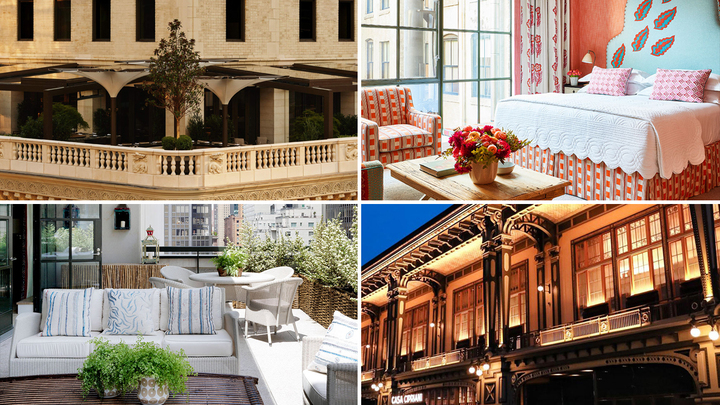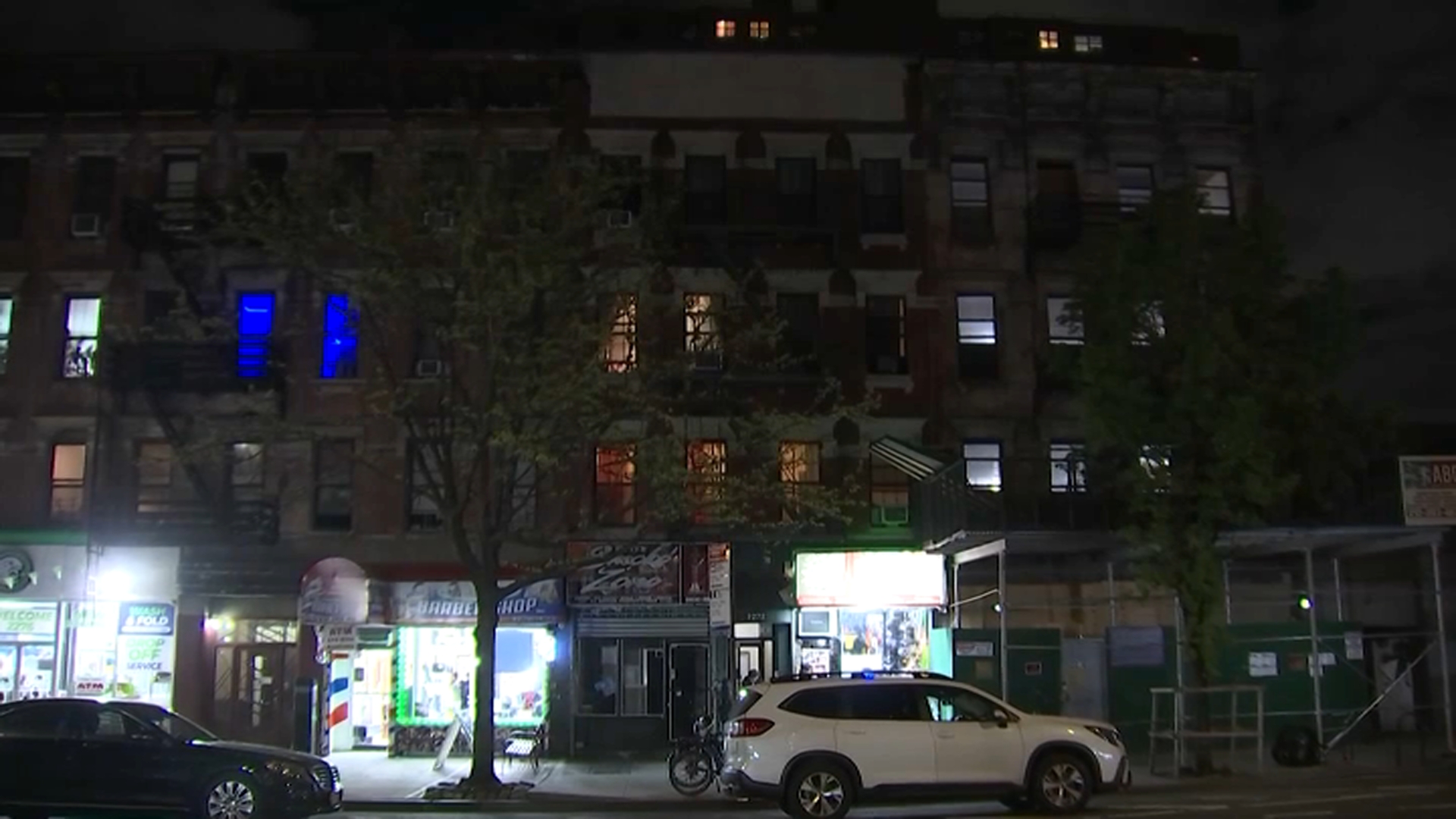The nation's largest St. Patrick's Day parade kicked off Thursday in New York City, and for the first time in decades, gay activists are not decrying it as an exercise in exclusion.
The first of roughly 200,000 marchers began striding up Fifth Avenue just after 11 a.m. in a procession of throbbing pipes and drums, smiling dignitaries and waving flags.
As always, it was a celebration of Irish heritage, but this year's parade also stands to close a long chapter of controversy. A year after a limited easing of the parade's prohibition on gay groups, organizers now have opened the lineup more broadly to include activists who protested the ban for years.
"I never thought I'd see the day when I could march up Fifth Avenue in the St. Patrick's Day Parade with my husband," said Brendan Fay, chairman of the Lavender and Green Alliance, as the parade began. "When we started in 1991, after getting arrested so many times for protesting the parade, wow, what a moment this is."
Besides marking firsts, this year's parade also looks back, honoring the centennial of Ireland's Easter Rising against British rule. It is also being broadcast live in Ireland and the United Kingdom for the first time.
The grand marshal of the parade is former U.S. Sen. George Mitchell of Maine, who negotiated the Northern Ireland peace accord.
Organizers aim to invoke "the lessons of sacrifice and heroism, of love and tolerance, embodied in the Irish spirit," parade board chairman John Lahey said when the plans were announced.
Local
New York's parade traces its history to 1762.
For years, organizers said gay people could participate but couldn't carry signs or buttons celebrating their sexual identities. Organizers said they didn't want to divert focus from honoring Irish heritage.
Irish gay advocates sued in the early 1990s, but judges said the parade organizers had a First Amendment right to choose participants in their event.
Over the years, activists protested along the route, and some politicians boycotted. The pressure grew in 2014, when Mayor de Blasio refused to march, and Guinness and Heineken withdrew their sponsorships.
Gay activists who have been protesting the parade for 25 years said they were thrilled to be included in Thursday's celebration.
"This is a massive victory," said Irish-American Emmaia Gelman, 41, who was repeatedly arrested at parade protests and met her longtime partner at one.
The sponsorships resumed when parade organizers opened a door to gay groups last year, allowing a contingent from parade sponsor NBCUniversal, of which NBC 4 New York is a subsidiary.
Meanwhile, Boston's St. Patrick's Day parade ended a ban on gay groups that organizers had successfully defended at the Supreme Court. In the ensuing months, gay marriage became legal throughout the U.S. and Ireland.
Against that backdrop, New York St. Patrick's Day Parade organizers said they'd add a second gay group this year to the parade ranks: the Lavender & Green Alliance, which had long protested the gay-group ban.
Some longtime parade participants have balked at the arrival of gay delegations.
"It's contemptible," said Bill Donohue of the Catholic League, who stopped marching last year.
But de Blasio, a Democrat, joined the parade Thursday because of its new inclusiveness. So did Gelman, an American studies doctoral student, great-granddaughter of Irish immigrants and a member of Irish Queers, a group that was marching with the Lavender & Green Alliance.
She'll be there with her partner, whose birthday is St. Patrick's Day.
Celebrations marking St. Patrick's Day also turned the streets of Savannah, Georgia, into a sea of green, as revelers in gaudy green hats and T-shirts filled the sidewalks and squares.
In Ireland, record crowds celebrated the national holiday with a parade led by the country's most prominent disabled rights activist, Joanne O'Riordan, who was born without arms or legs. She beamed joyously as she steered her scooter past the estimated 550,000 lining the parade route in Dublin.



